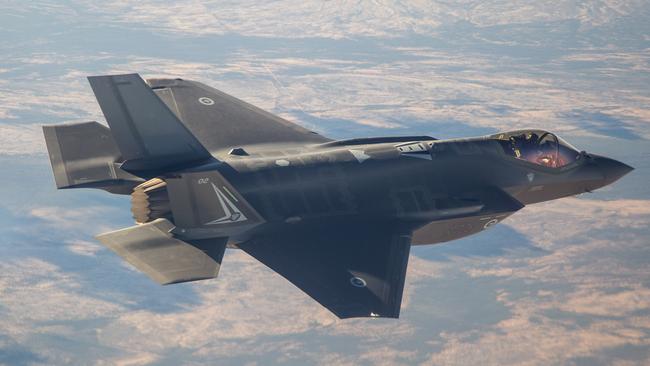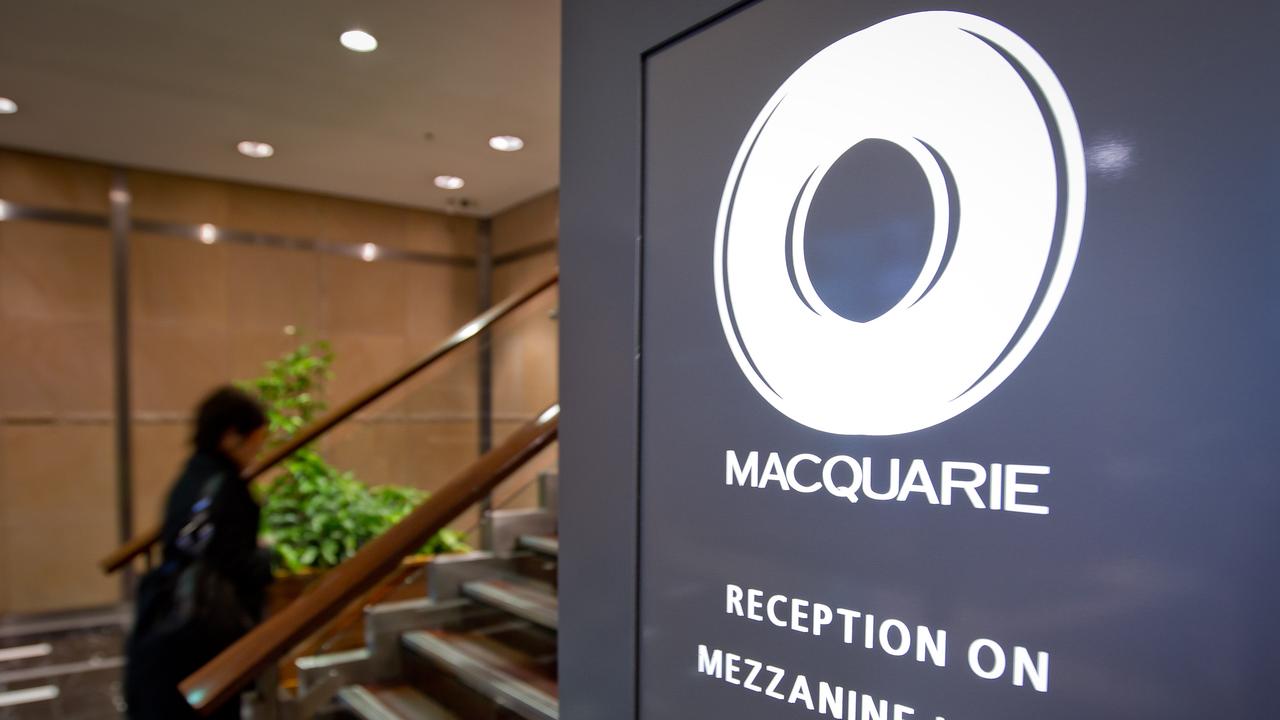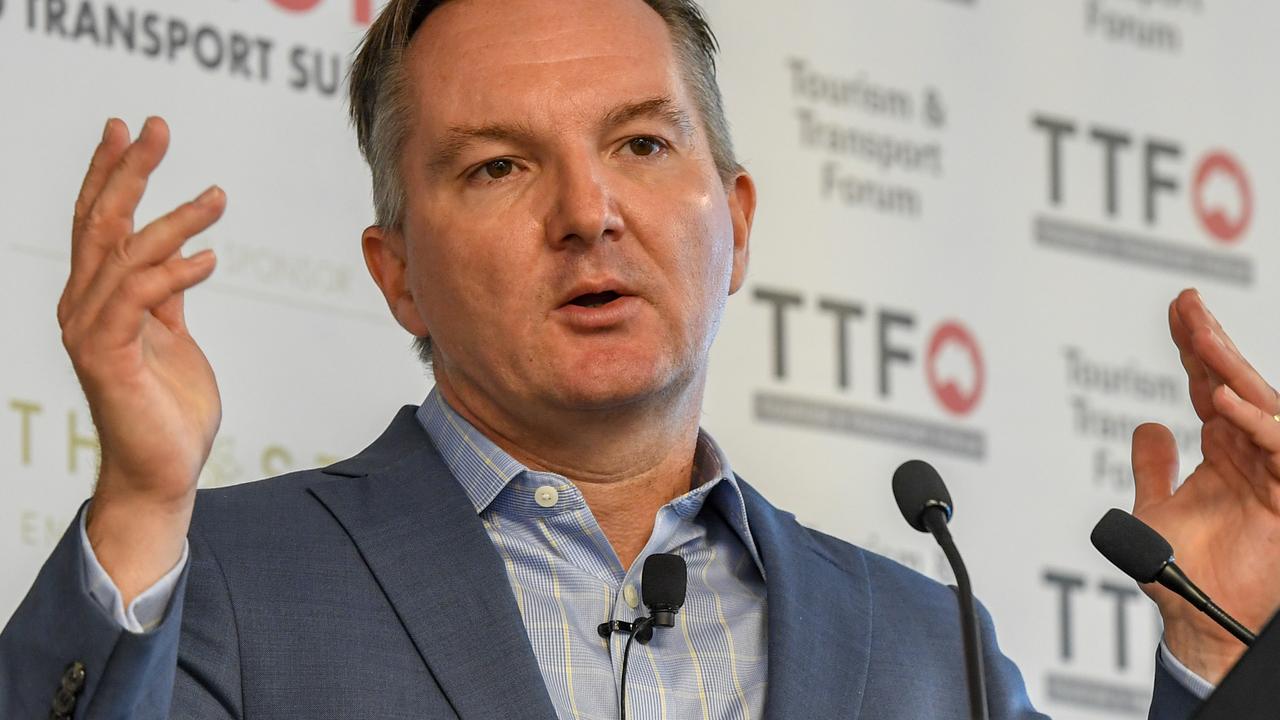
The first stems from our decision to select one of the world’s top builders of nuclear submarines to build conventional submarines in South Australia. The second opportunity comes as a result of moves in the US to try and restart the manufacturing of the F-22 aircraft.
When, some years ago, Australia decided to buy a non-nuclear powered submarine, the nuclear issue was a hot topic. But since the decision to go for non-nuclear submarines was made, Australia has emerged as a potential global nuclear hub.
We will produce uranium at Olympic Dam and almost certainly we will store the fuel rods in inland South Australia. This has the potential to become an enormous industry for Australia.
By accepting the French tender, it might be possible to convert some of the later submarines to nuclear power. Although conventional submarines are quieter, they do not have the same range as nuclear submarines, which can stay under water almost indefinitely.
Given that our submarine base is in Fremantle, a conventional submarine might signal its position because it would have to surface on the way north.
If it is possible, flexibility in the design stage might give Australia the option of nuclear power later on. The French won the tender because of their pump-jet propulsion technology but they want to build a prototype submarine or two in France before assembling in South Australia.
The French don’t have the digital design technology of the defeated Germans who could have built all their submarines in Australia at no extra cost. And had we accepted the Germany tender, Australia’s industrial digital design capacity would have received an enormous boost (Australia’s chance to lead the fourth industrial revolution, April 5).
However, overriding all industrial issues was the need to select the right submarine and that’s why the French won the bid. There will be an enormous ruckus in South Australia if all the submarines are not built there. The Germans are offering to help the French in digital designing which slashes the cost of manufacturing in a remote location.
Now to the Joint Strike Fighter and the F-22.
The Canadians have done their homework and discovered that the Joint Strike Fighter does not match expectations and cost many times forecast outlays, this has helped influential Americans to cast aside the public relations misinformation machine around JSF.
As a result, a lot more work is being conducted outside the US defence department to find a way out of the JSF morass.
As part of those efforts, US Republicans on a key defence committee in the US House of Representatives are promoting legislation to force the US air force to study the cost of restarting production of the F22 fighter jet.
The Joint Strike Fighter’s problems mean that the US is going to fall behind Russia and China in fighter jet capacity.
Former Prime Minister Tony Abbott justified the purchase of the JSF on the basis that it would give Australia air superiority in the region. This is no doubt what the defence chiefs told him.
But the former PM was caught out because the Commander of American Air Combat Command, General Mike Hostage declared. “The F-35 is not built as an air superiority platform. It needs the F-22.” (Misguided Abbott strikes out on the JSF, April 28, 2014).
But the JSF has magnificent software and if we can convince the Americans to merge the F22 and JSF programs, Australia is brilliantly placed to be a major beneficiary.
Although the Canadians have cancelled their JSF order, they are undertaking inquiries into their air defence options.
The possibility of restarting the F22 and merging it with the JSF is good news for both Canada and Australia.
Both potential in nuclear submarines and a joint ‘F22 — JSF’ program are of course not locked in, but they offer important potential options for Australia.




Two long-term windows of opportunity have now opened up for Australia’s defence industry.